Description
Before I talk about my book, I need to talk to you about its major influence. One of my big influences. Joseph Cornell. And his Manual of Marvels. It is a surrealist wunderkammer masquerading as a French agricultural manual. If you don’t know about Manual of Marvels, Cornell transformed a mundane 1911 volume De l’Utilité des Livres into a cabinet of curiosities by collaging it with cut-outs, cryptic ephemera, and poetic fragments. The result is part dream diary, part assemblage, a window into his obsessions with memory, cinema, and femininity. The work invites the viewer to explore—page by page—a meticulous reordering of reality, reshaped by whimsy, longing, and an eerie sense of time unmoored. Few books so elegantly blur the line between printed matter and box assemblage. I’ve never seen the real thing; I ran across the commercial edition of Cornell’s masterpiece (published by Thames & Hudson in collaboration with the Philadelphia Museum of Art) in 2012, shortly after it was published. I was a big admirer of Cornell’s boxes, but his Manual of Marvels sent me into a creative frenzy.
I made Confessions of a French Stenographer (A Tracing of a Frazetta Painting) throughout the calendar year 2015. I was attempting to channel Cornell’s spirit while swapping his Victorian restraint for something more…pulpier. Grittier. Something a bit more dirty. My result is this one-of-a-kind artist’s book made from salvaged paper found across my favorite Sunday haunts: the Southern California flea markets. I anchored it with an early 20th century found booklet bearing the book’s namesake title. Like Cornell, I remixed ephemera—red-toned pin-ups, tabloid typography, midcentury exercise charts, Japanese nudie slides (complete with the viewer!); even a typewritten kiss-off from a found box of WWII love letters. But where Manual of Marvels leans poetic and internal, my idea with Confessions was to throw elbows with vice, desire, and American kitsch. I’d like to think there’s also a tactile richness here—a letterpress printed foundation layered amid collage—grounding the visual cacophony with traditional craft. I’d also like to think it’s naughty, knowing, and nostalgic. A place where Americana, erotica, and satire filtered through the Xeroxed haze of midcentury sleaze culture collides. Why not toss a few found snapshots on the pile?
I’ll end my flex with this: Confessions of a French Stenographer (A Tracing of a Frazetta Painting) is a one-of-a-kind collision of pin-up pulp and Cornell-inspired collage; maybe like finding a lost scrapbook in a drawer labeled “Regret, Glitter, and Bureaucracy.”?

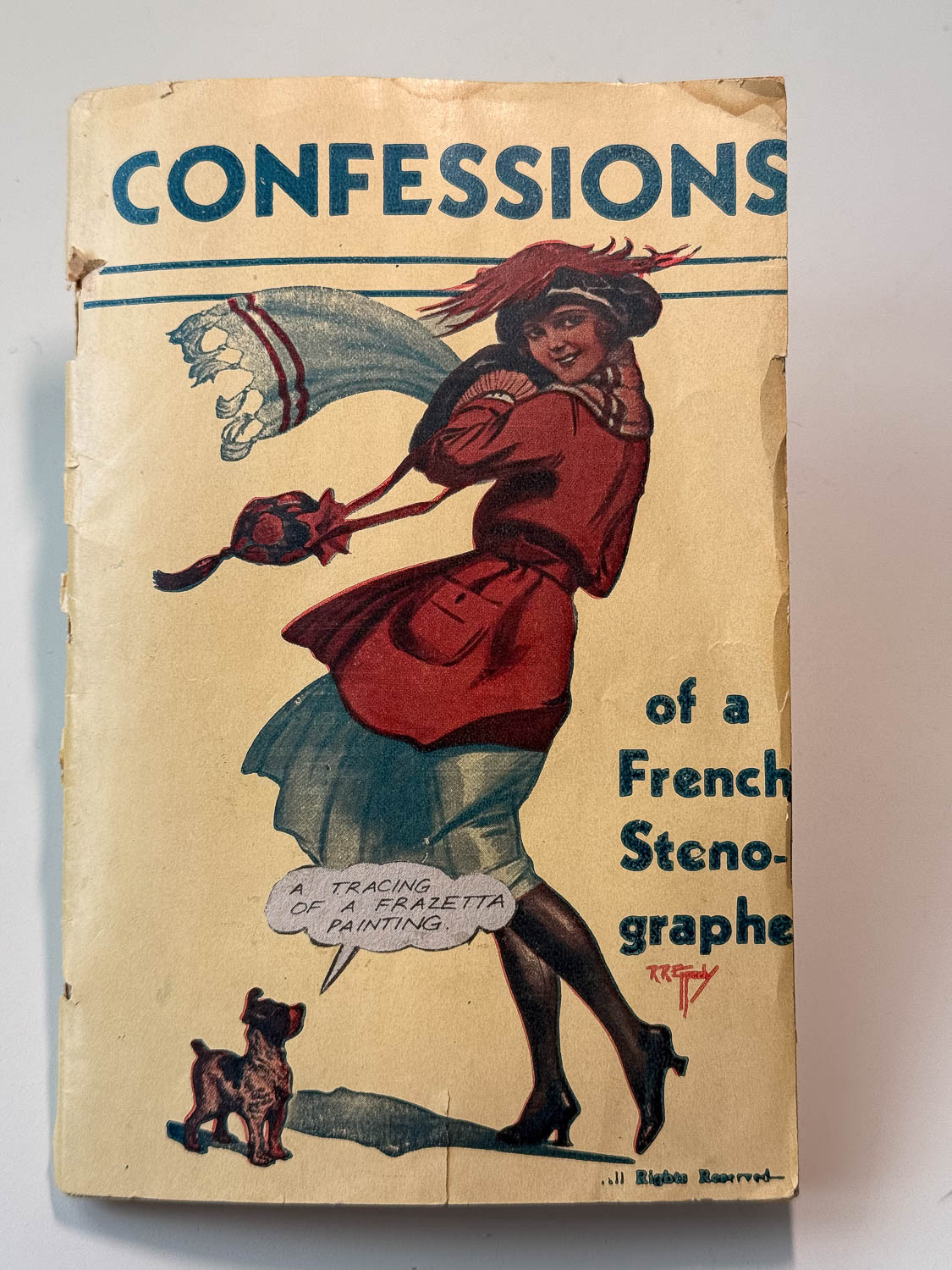


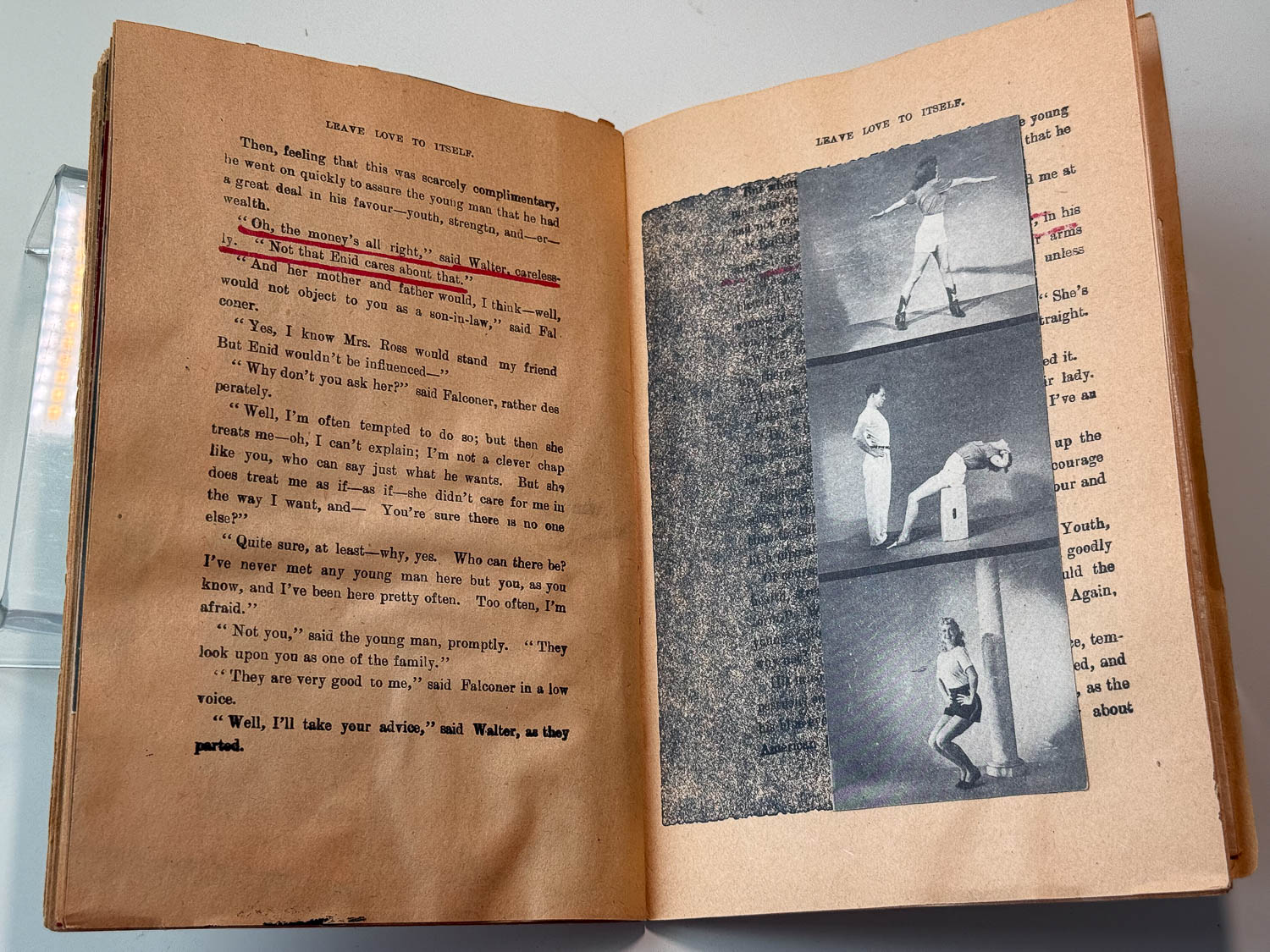

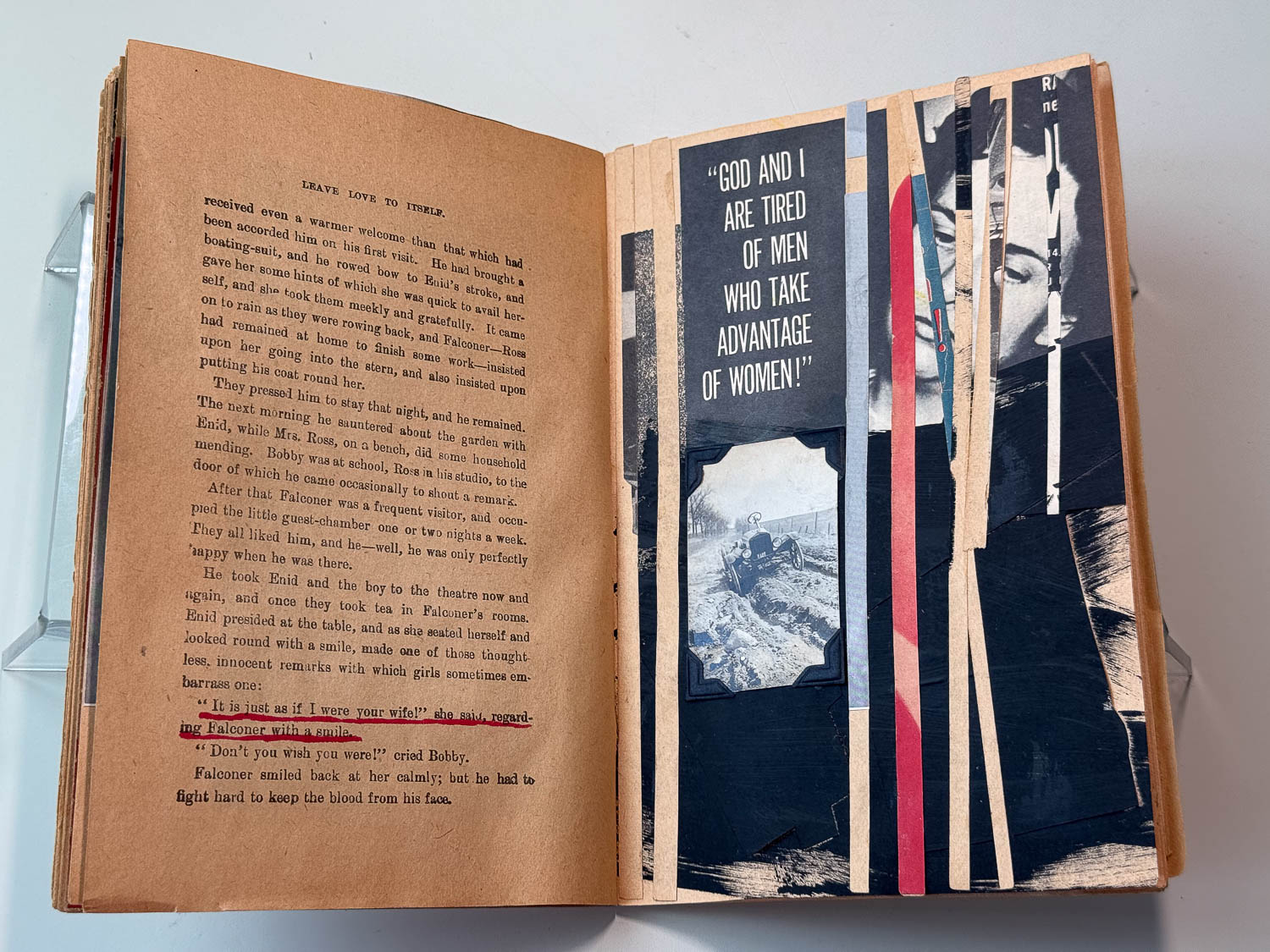



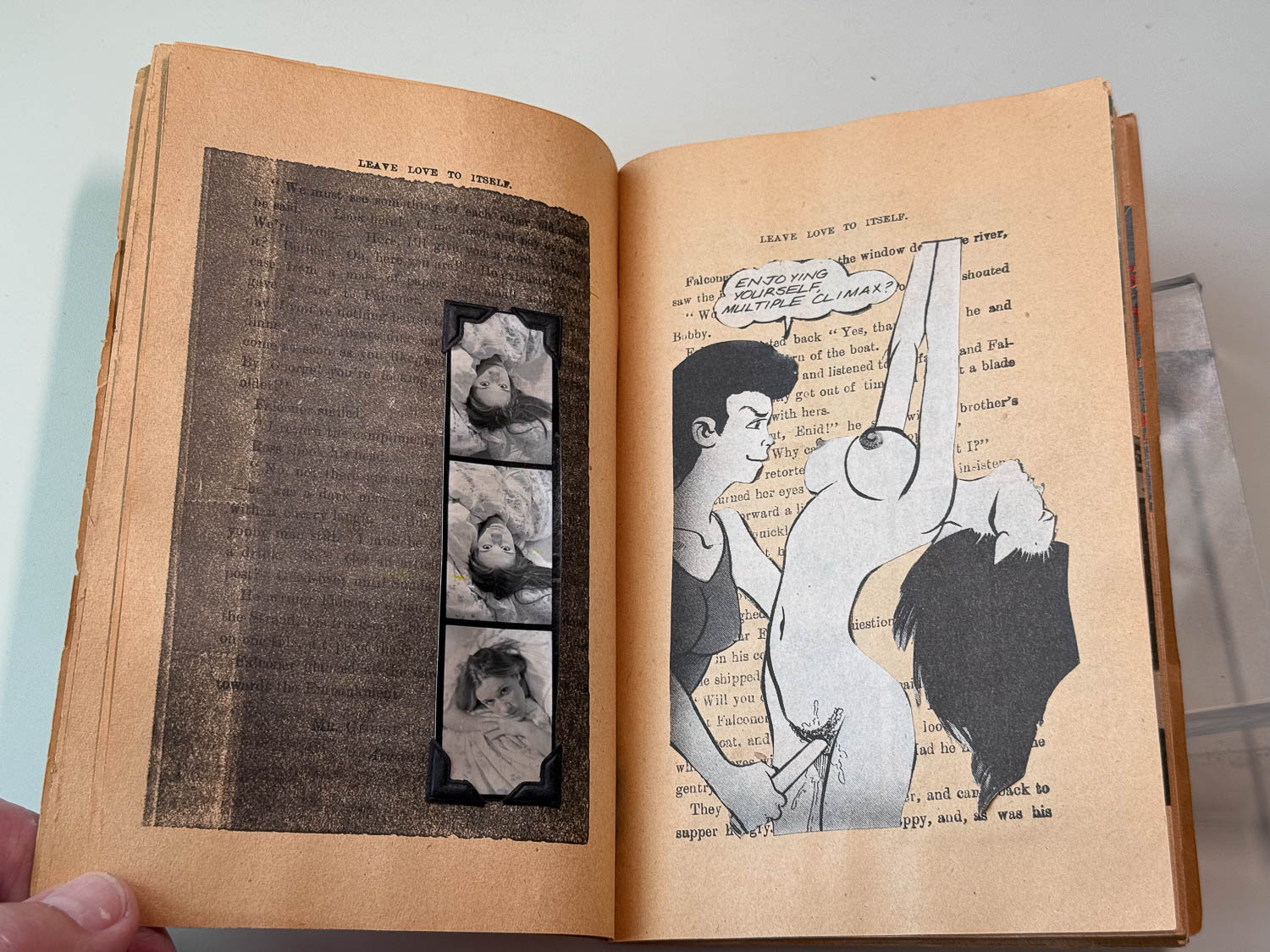

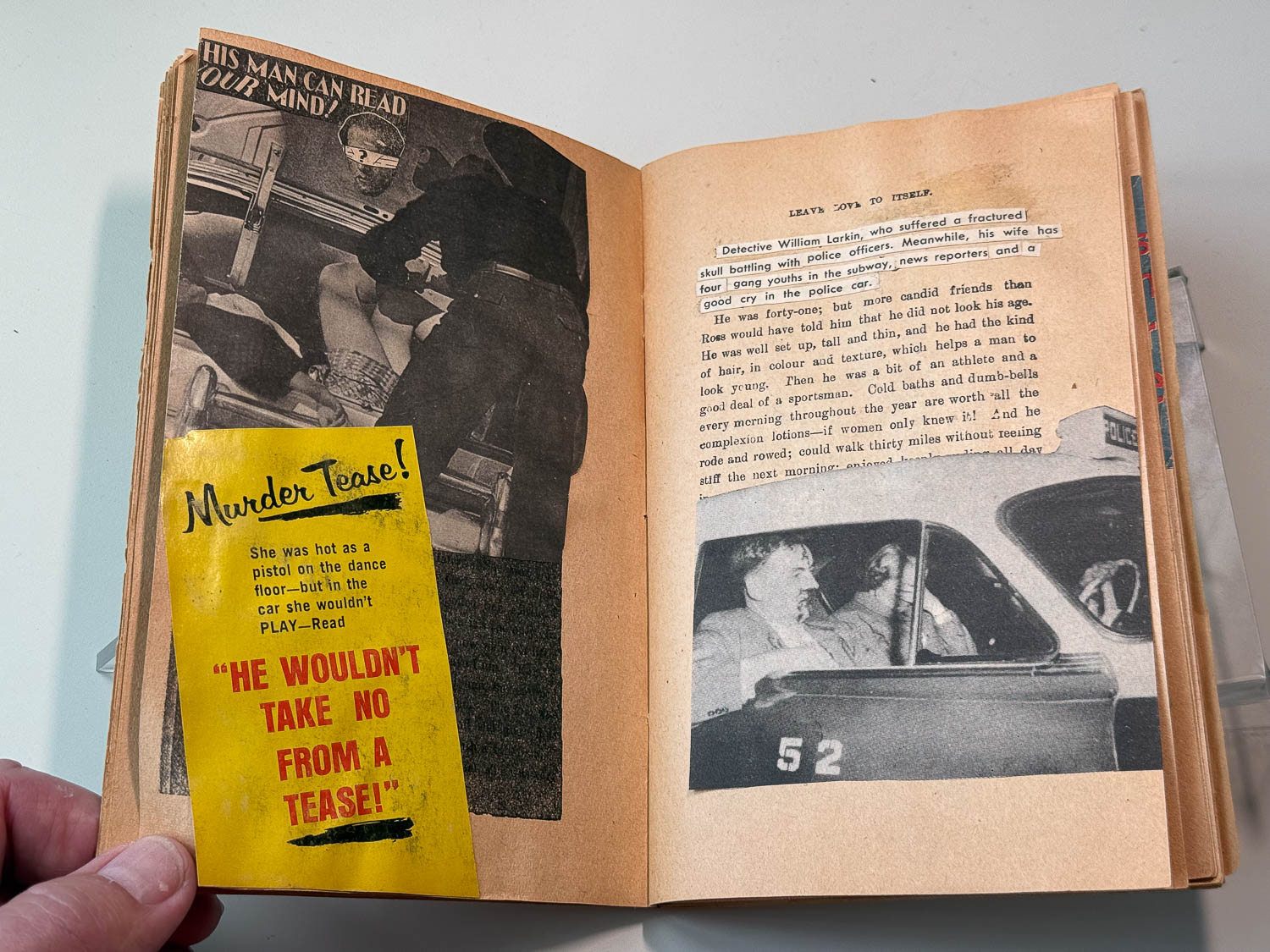
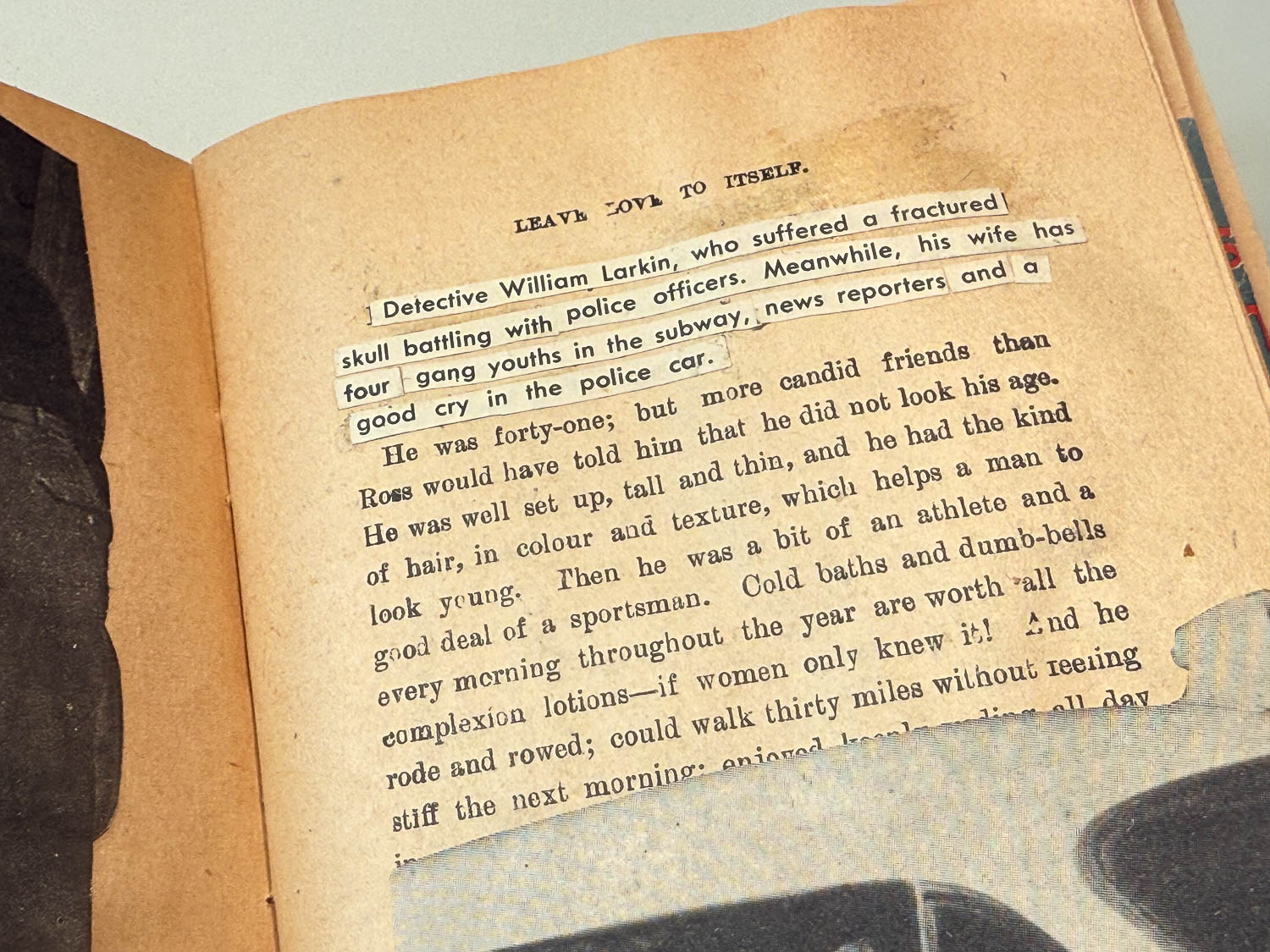
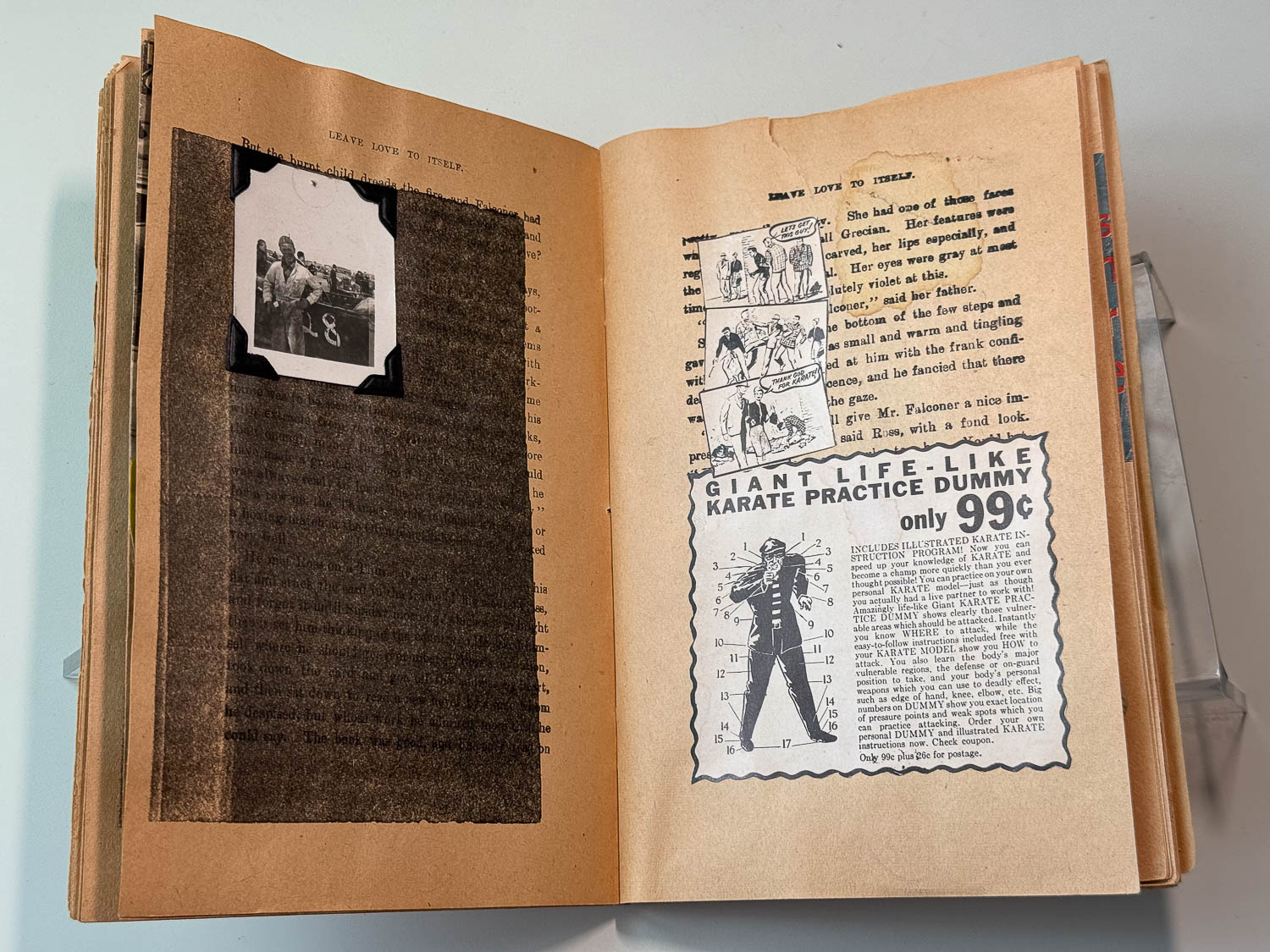
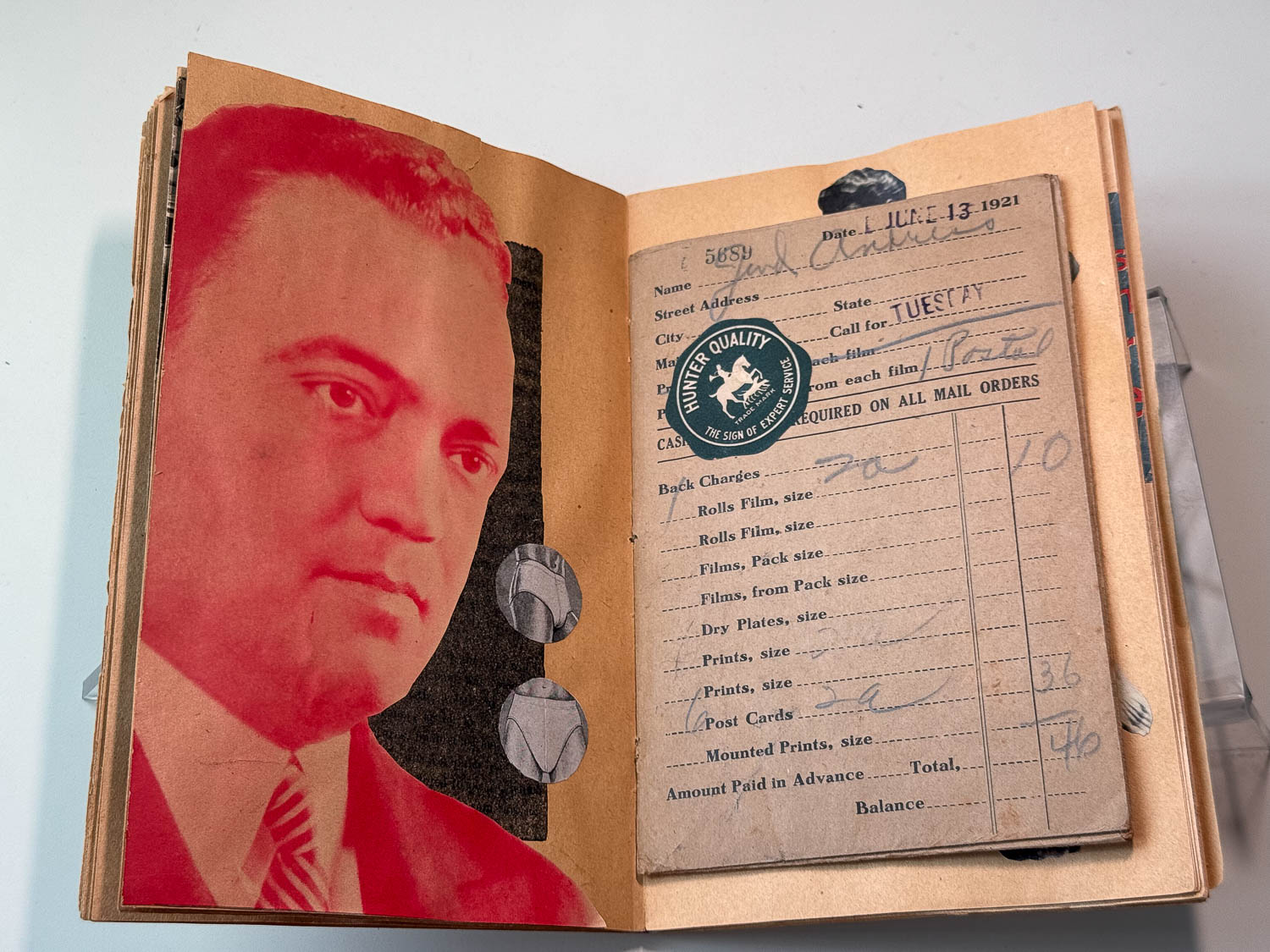

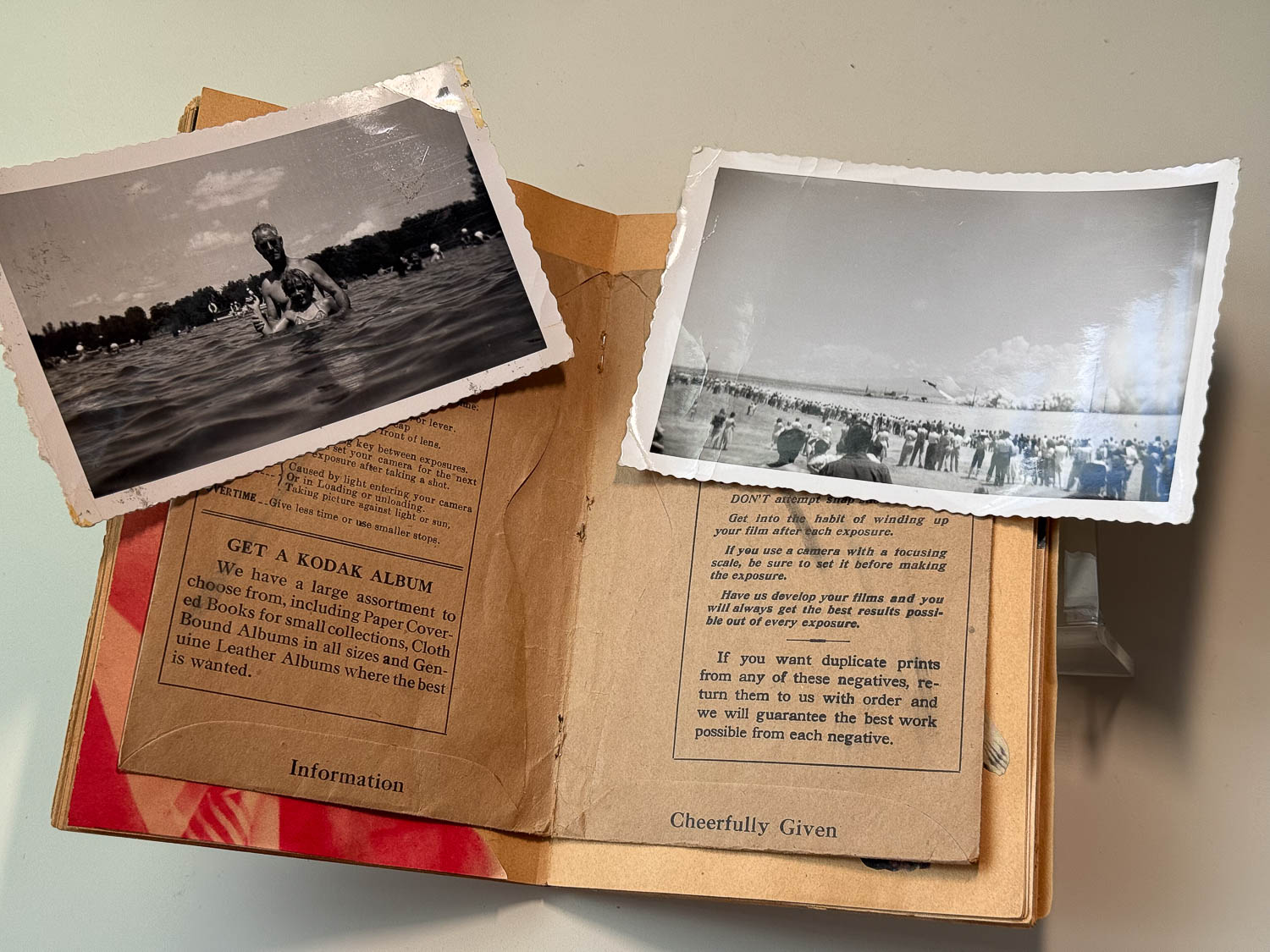
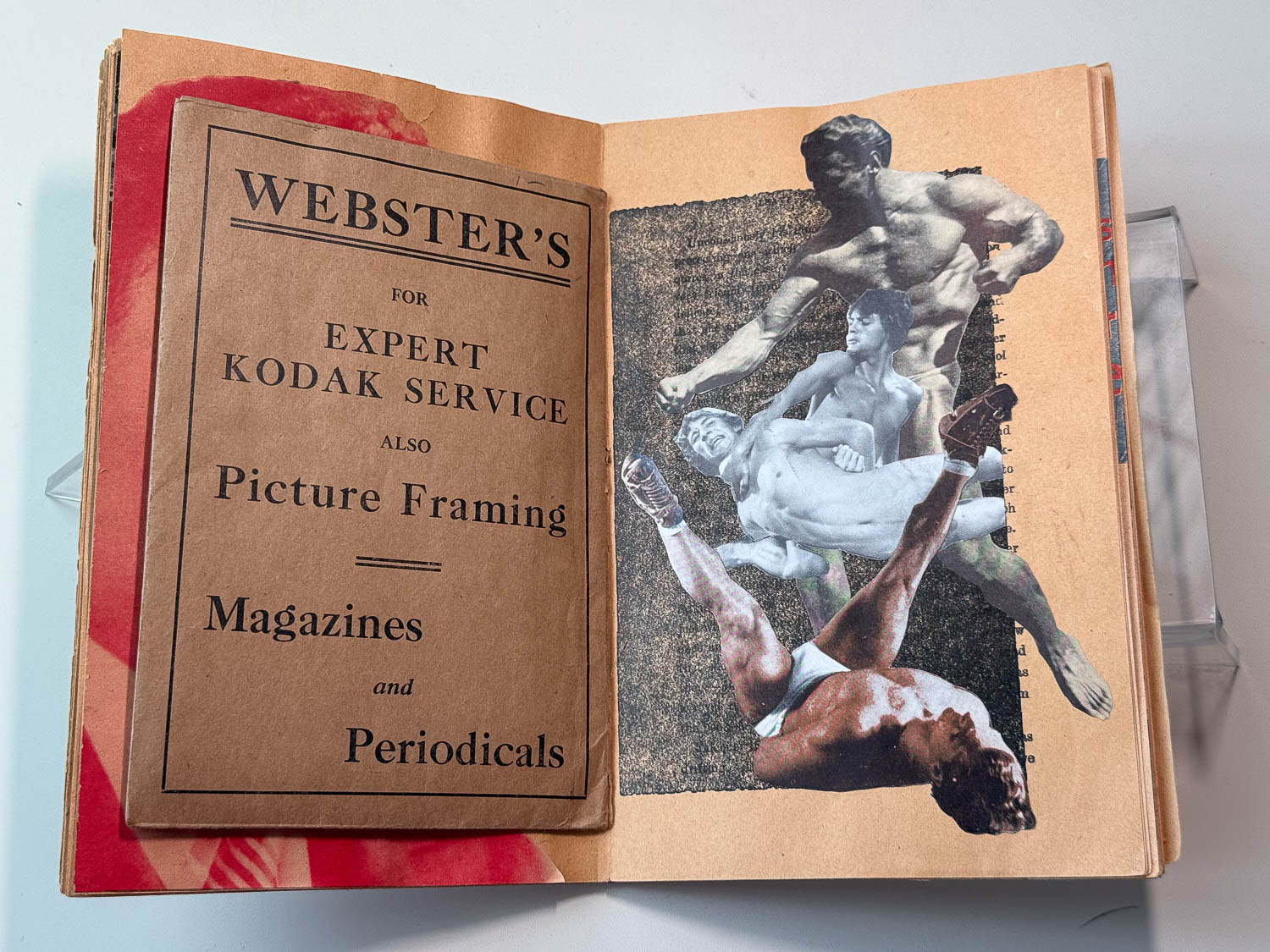
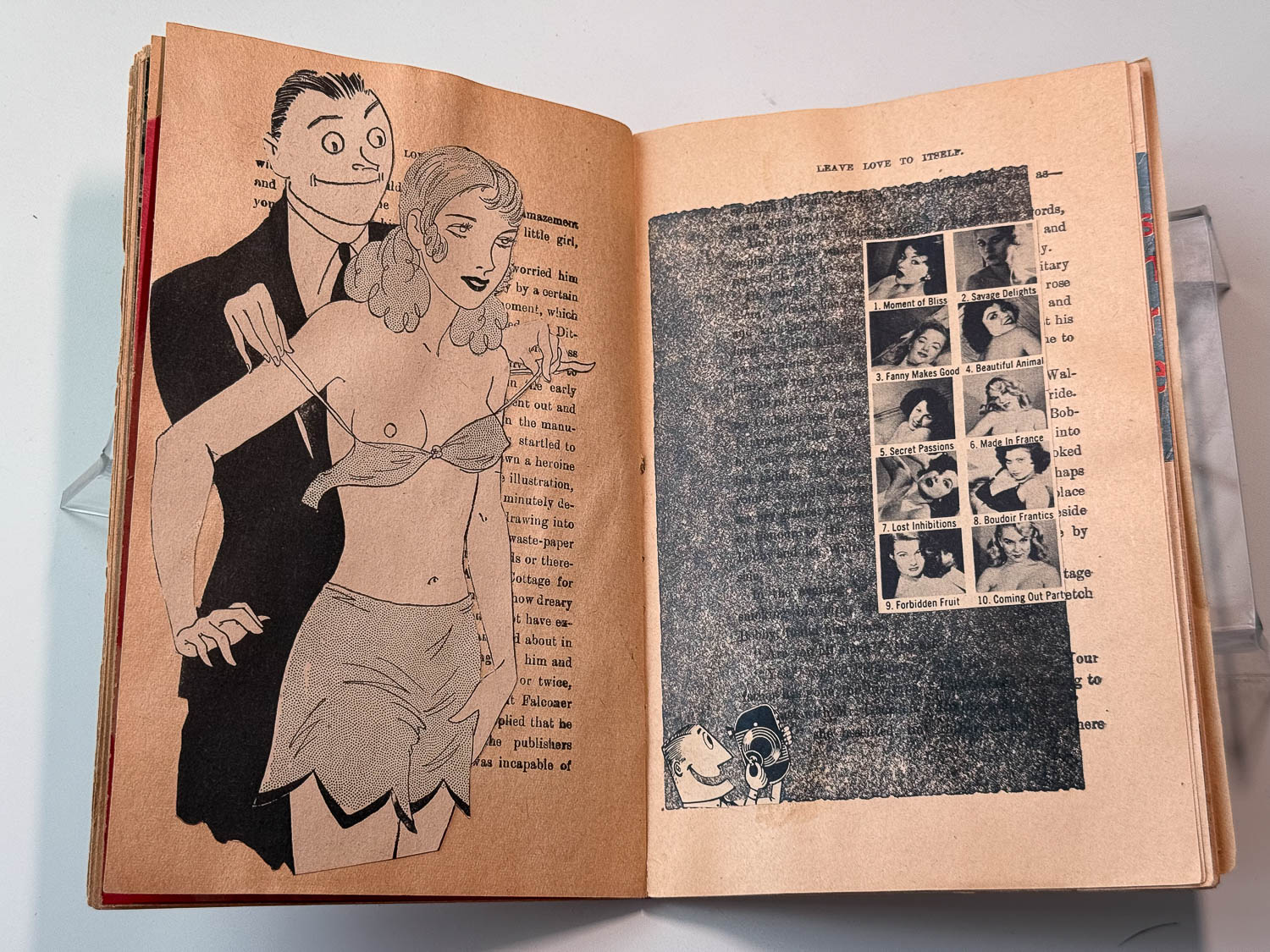
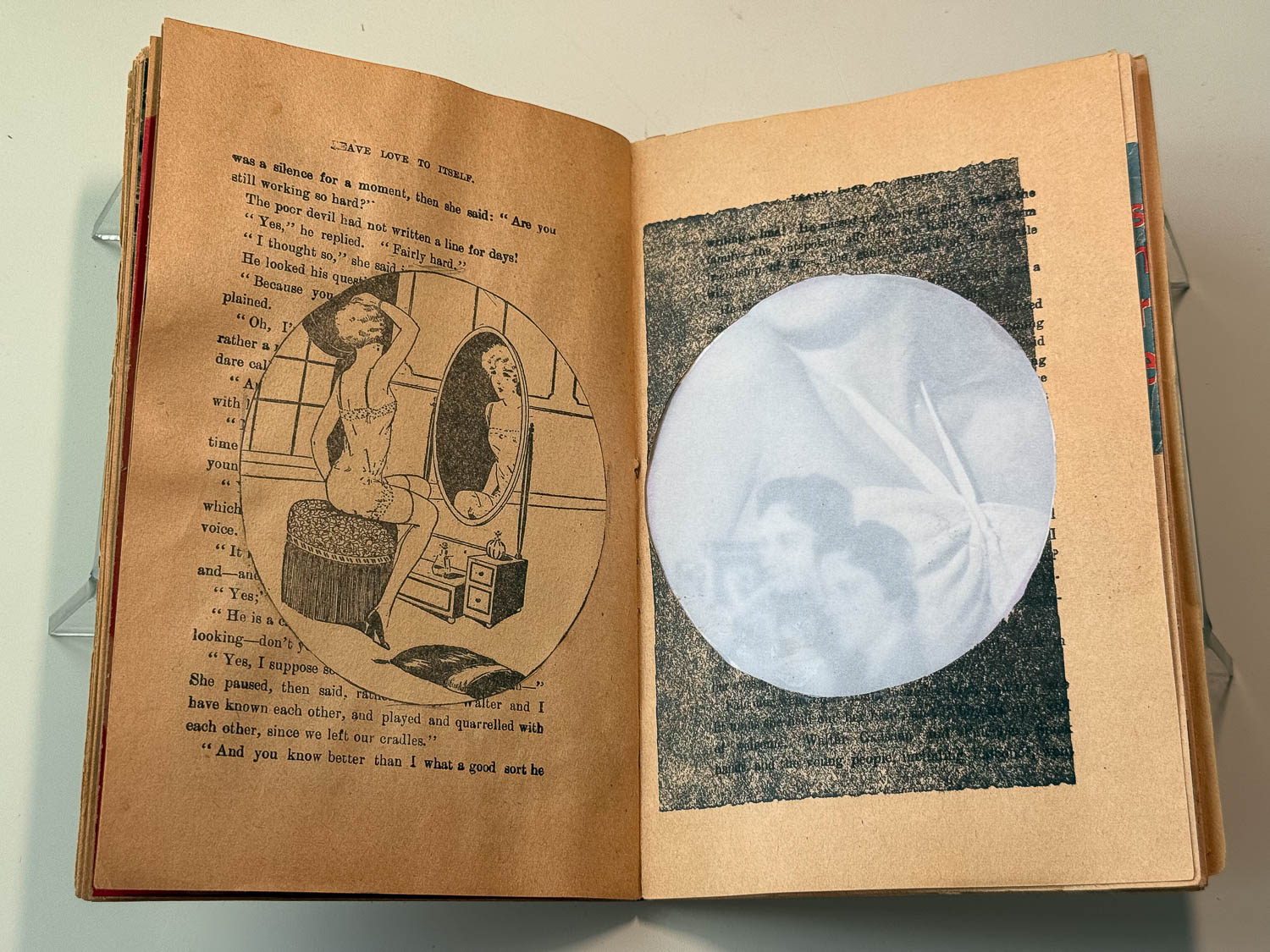
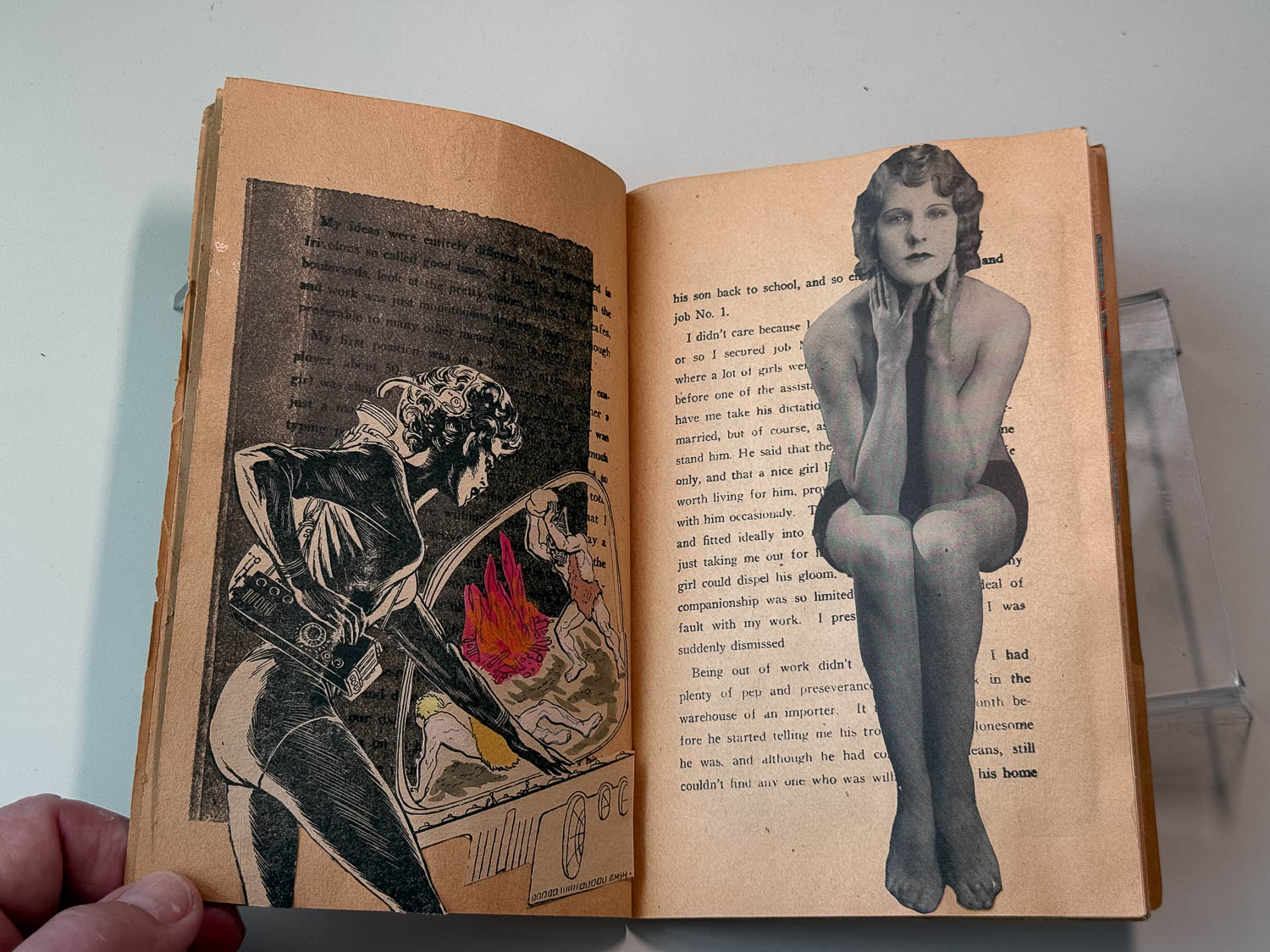

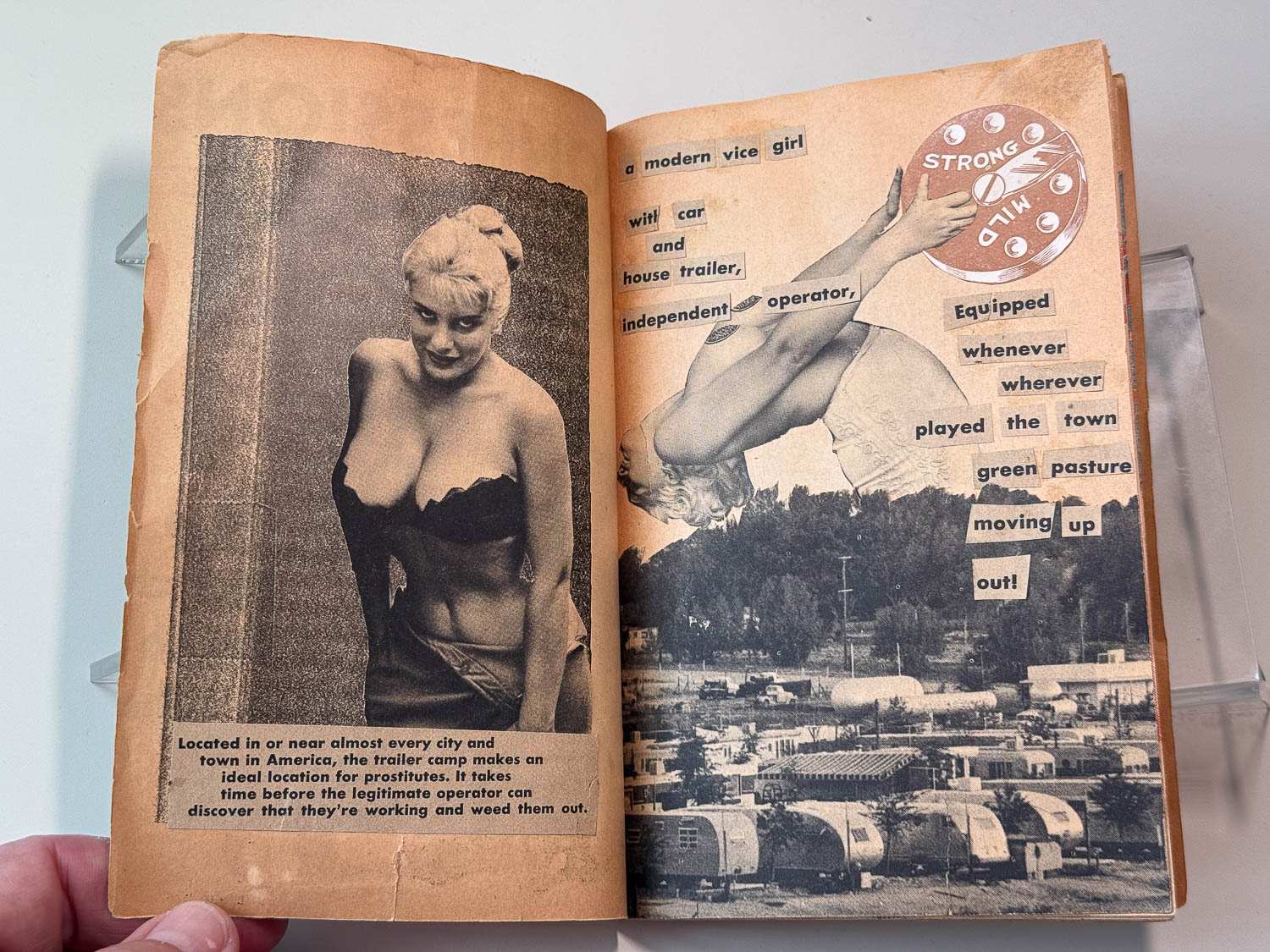
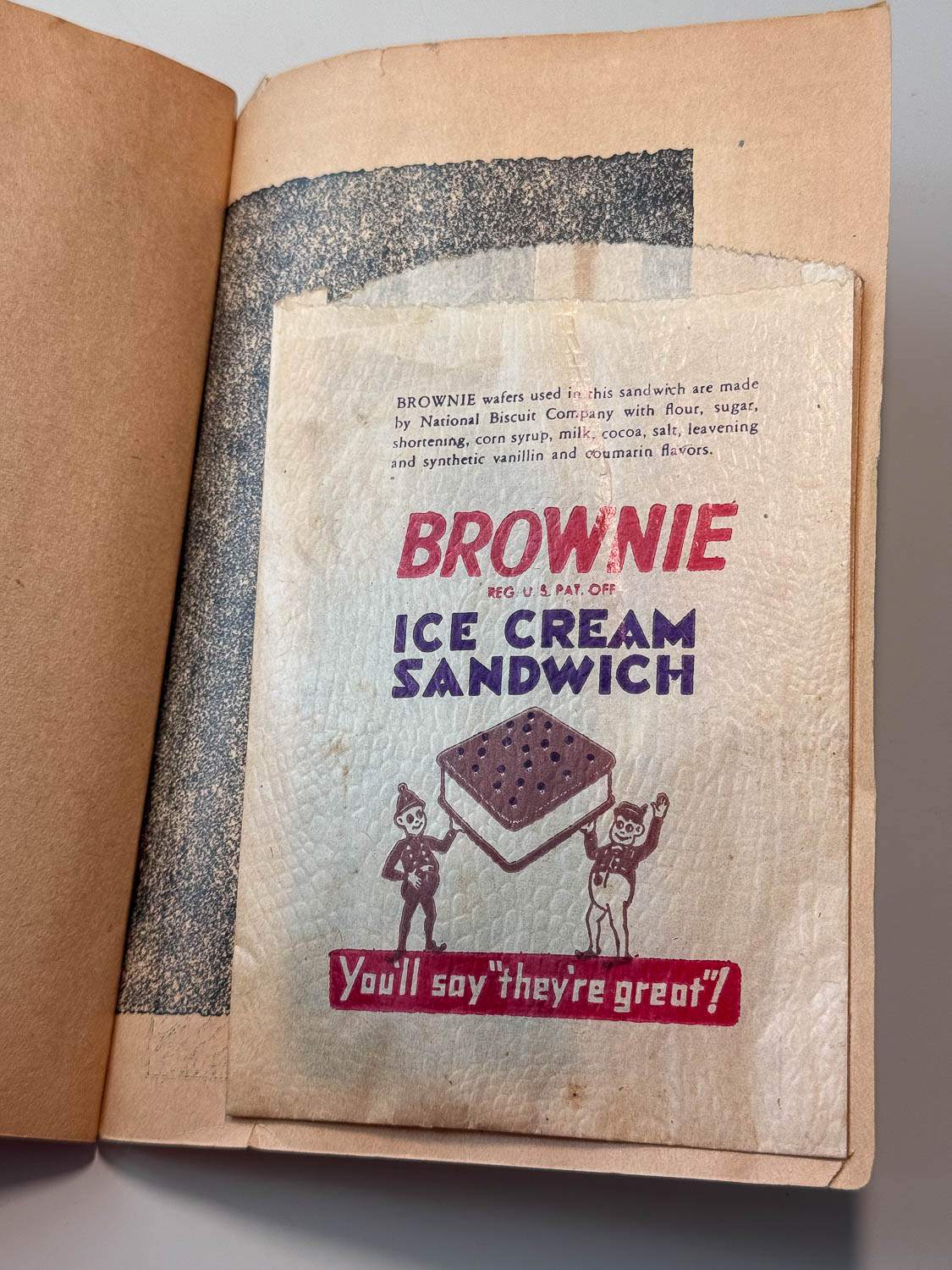

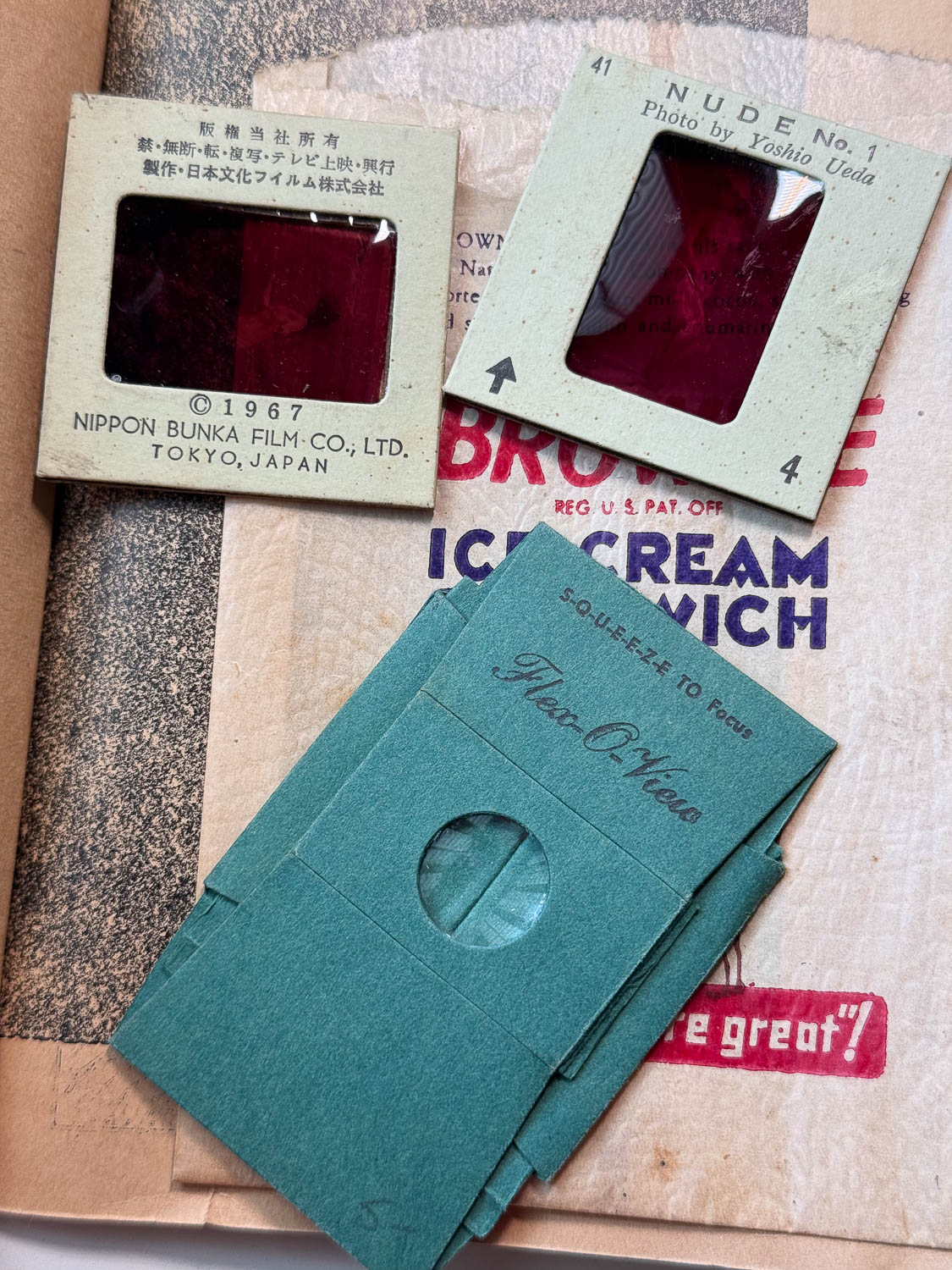
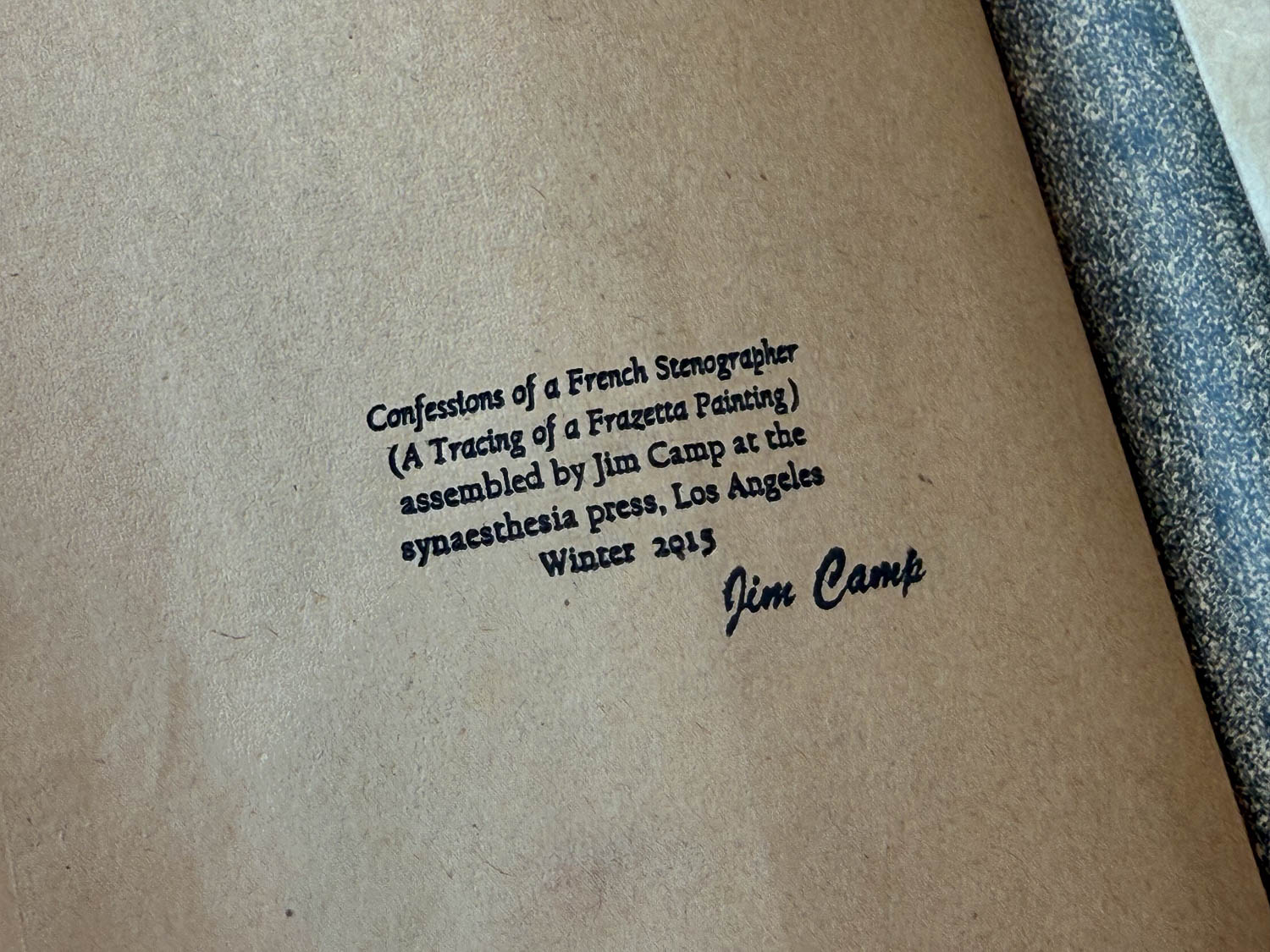
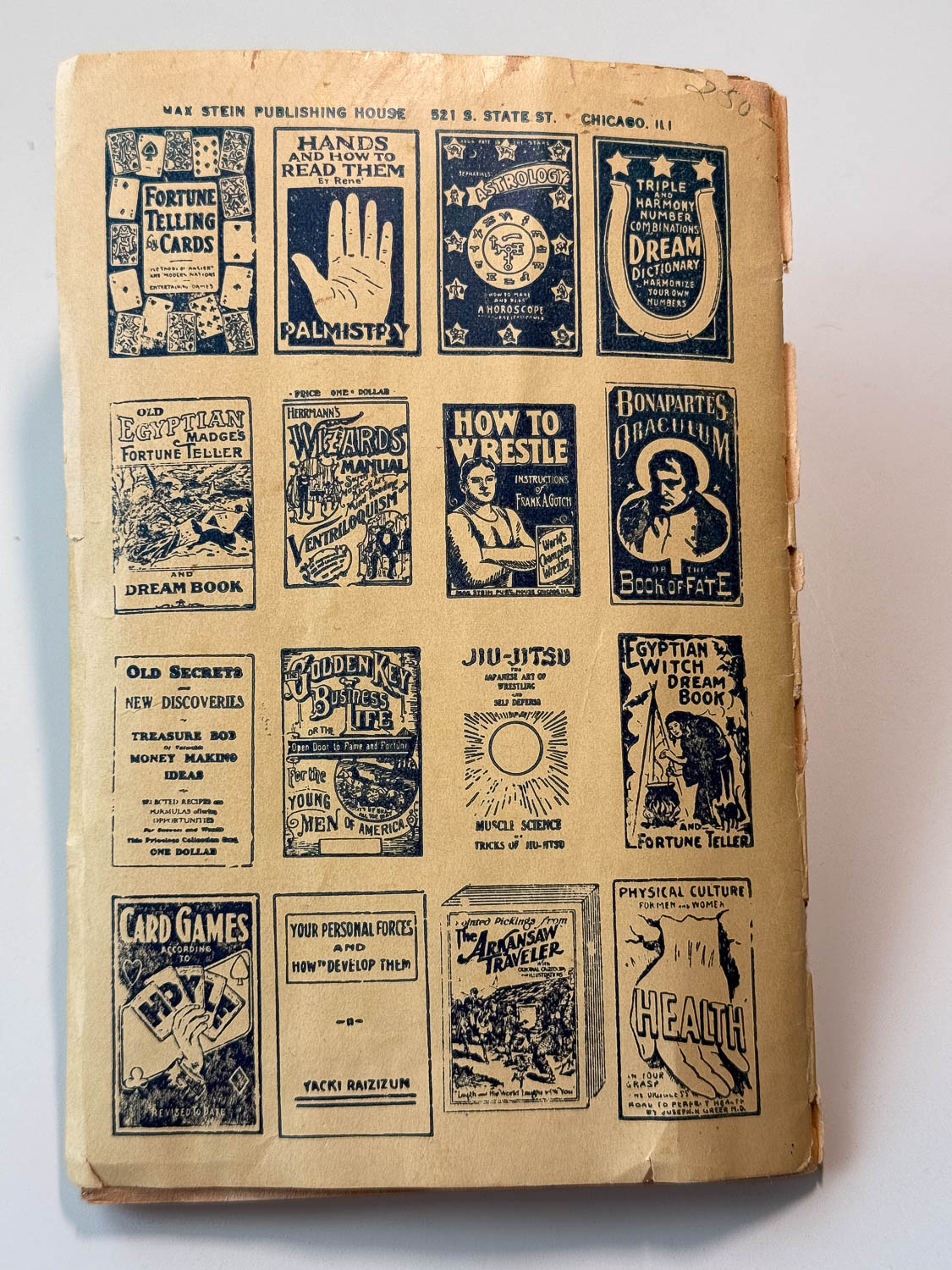

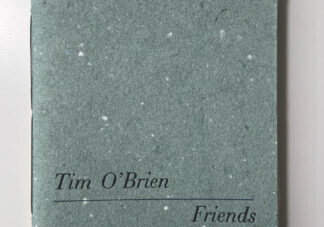
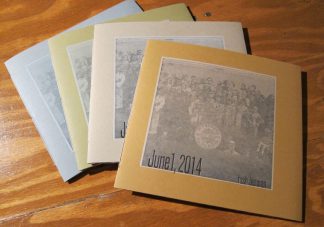

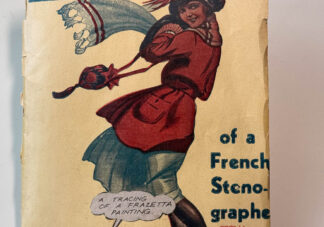
Reviews
There are no reviews yet.